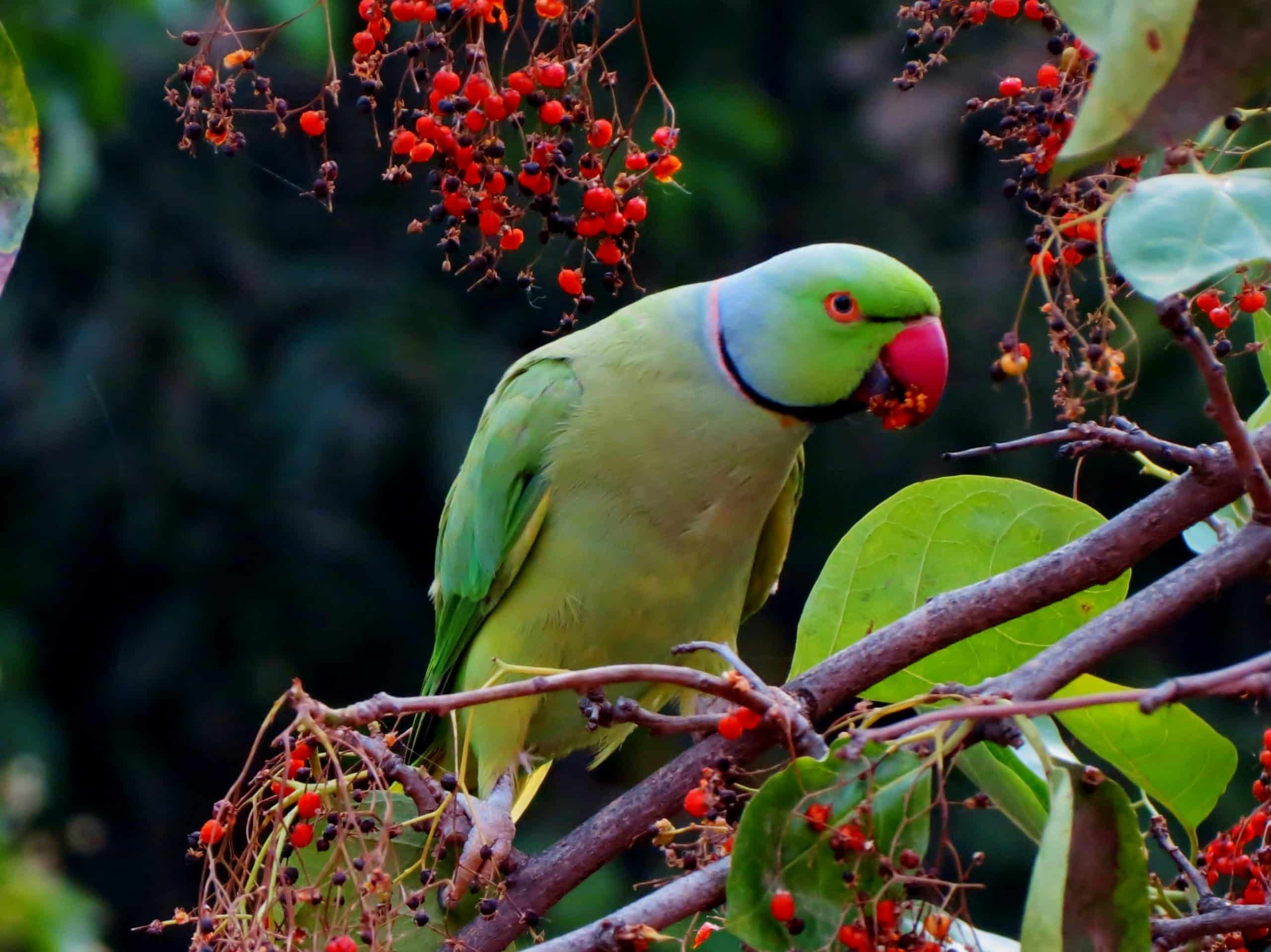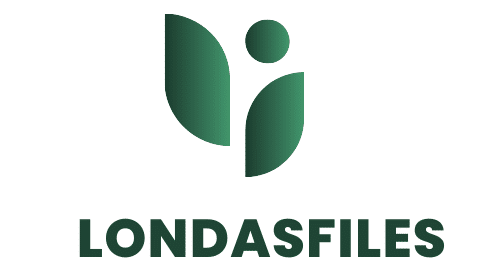What’s the Best Method for Teaching Parrots to Solve Puzzles?

Parrots are fascinating birds, adored for their vibrant colors, sociability, and intelligence. These winged wonders have a natural inclination to learn and engage with their environment in a way that sets them apart from other bird species. One activity that is particularly beneficial for their cognitive growth is puzzle-solving. However, the question arises, what’s the best method for teaching parrots to solve puzzles?
The answer lies in a combination of methods, from using clicker training to incorporating their favorite food as a reward. But before we delve into the specifics, it’s crucial to understand that patience and consistency are key when teaching parrots. It’s a process, but the outcome is worth the invested time.
Additional reading : Is It Safe to Keep a Koi Pond in a Garden Accessible by Cats?
Understanding Your Parrot
Before you embark on the journey of training your parrot, it’s crucial to understand your bird’s behavior and interests. Parrots are individualistic birds; their aptitudes vary as much as their colors. Some parrots may be naturally curious and open to learning new tricks, while others may be more reserved or hesitant.
Understanding your parrot’s behavior will help you create a teaching strategy that suits their personality. For instance, if your parrot is food-driven, using treats as rewards will work well. On the other hand, if your parrot enjoys attention and praise, verbal affirmation could be a more effective motivator.
In parallel : What’s the Best Way to Introduce an Elderly Cat to a Puppy?
Furthermore, observe which objects your parrot is naturally drawn to. This will help you choose puzzles that are likely to keep your bird engaged.
Introducing Puzzles to Your Parrot
Once you’ve understood your parrot’s behavior and preferences, the next step is to introduce them to puzzles. It’s crucial to start with simple puzzles and gradually increase the complexity level. This way, you’re building your bird’s confidence as they learn to solve puzzles, encouraging them to try more challenging ones.
Initial puzzles could be as simple as a toy with a hidden treat inside. The goal here is to help the bird understand that solving the puzzle leads to a reward. Once your parrot gets the hang of this, you can progress to more complex puzzles, like those requiring the bird to pull strings or slide doors to reveal a treat.
Remember that the object of the puzzle should be interesting and stimulating for the bird. It might take some time for them to understand what they need to do, but patience and positive reinforcement will surely help.
Clicker Training and Puzzle Solving
Clicker training is a popular and effective method used in teaching parrots to solve puzzles. The clicker is a small device that makes a distinct sound when pressed. The idea is simple – you pair the sound of the clicker with a reward, usually food. Over time, the parrot learns to associate the clicker’s sound with a positive experience.
In the context of puzzle-solving, you use the clicker to indicate when your parrot has done something right. For example, if the bird moves a piece of the puzzle correctly, you can immediately click and reward them. This method works well because birds have a short reaction time, and the clicker helps them understand exactly what action earned them the reward.
Using Food as a Motivator
Food is a powerful motivator for parrots. It’s a good idea to use your bird’s favorite treat as a reward when they solve a puzzle correctly. However, remember moderation is key. You do not want to overfeed your bird or get them accustomed to unhealthy treats.
It’s also important to remember that food isn’t the only motivator. Praise, petting, and playtime can also be used as rewards. The goal is to make the learning experience enjoyable for your parrot, so they’ll be enthusiastic about puzzle-solving.
Progressing with Puzzle Difficulty
Progressing with puzzle difficulty requires careful observation and patience. It’s important not to rush your parrot into a more challenging puzzle if they’re not ready. Keep in mind that every bird learns at their own pace. Progressing too quickly can overwhelm your bird and make them lose interest in the activity.
When your parrot consistently solves a puzzle with ease, it might be time to introduce a more complicated one. A good rule of thumb is to ensure that the new puzzle uses skills they’ve already acquired, plus one new skill. This way, the bird has a base to work from, making the new challenge less intimidating.
In summary, teaching parrots to solve puzzles is a rewarding process that stimulates their cognitive abilities and strengthens your bond with them. Understanding your bird’s behavior, introducing puzzles gradually, using clicker training, and utilizing food as a motivator are all effective methods in teaching puzzles to parrots. Remember, patience and consistency are key in this process, and the joy of watching your feathered friend solve a tricky puzzle is undoubtedly worth the invested time.
The Role of Positive Reinforcement in Puzzle Training
Positive reinforcement plays a pivotal role in teaching parrots to solve puzzles. This method involves rewarding good behavior, such as correctly solving a puzzle, to encourage the parrot to repeat that behavior. The reward could be a treat, praise, or a favorite toy. It’s important to immediately reward the parrot after the desired behavior is exhibited, so they can associate the reward with the correct action.
In the realm of puzzle-solving, positive reinforcement comes in the form of clicker training. The clicker is a small device that makes a distinct sound when pressed. When the parrot moves a piece of the puzzle correctly, the trainer can immediately click and reward the bird. This way, the parrot understands which action earned them the reward, and they are likely to repeat it.
The renowned parrot trainer, Irene Pepperberg, has utilized positive reinforcement in her work with African Grey parrots, demonstrating its effectiveness. According to her, the use of positive reinforcement helps to maintain the parrots’ interest in the training and makes the learning process enjoyable for them.
Keeping Your Parrot Engaged with Puzzles
Keeping your parrot engaged is vital in the process of teaching them to solve puzzles. The key is to introduce new and exciting puzzles that pique their curiosity. This will keep them interested and motivated to solve more puzzles.
Parrot expert, Melinda Johnson, recommends using a variety of puzzles to keep the bird’s interest high. In her great book, she suggests changing the type of puzzle regularly and making sure the puzzles are colorful and interactive.
Apart from puzzles, introducing other activities can also help keep the bird engaged. For example, you could create a playtime schedule where the parrot gets to have fun and relax after a puzzle-solving session. This change of pace can be a great way to keep your parrot stimulated and eager for more training.
Conclusion
Teaching parrots to solve puzzles is a journey that requires patience, understanding, and a lot of creativity. From understanding your parrot’s behavior to introducing them to puzzles, using clicker training, and utilizing food as a motivator, each step plays an important role in their learning journey.
It’s important to remember that all parrots are not the same; what works for one might not work for another. Therefore, it’s crucial to be observant of your bird’s behavior and preferences and tailor your training accordingly.
The journey of training birds to solve puzzles can be a rewarding one. Not only does it stimulate their cognitive abilities, but it also helps to strengthen the bond between you and your parrot. In the process, don’t forget to enjoy the little victories, like the first time your parrot solves a puzzle or learns a new trick.
With the right balance of patience, consistency, and positive reinforcement, your parrot will soon be a puzzle-solving maestro, bringing you immense joy and fulfillment. Remember, the goal is to keep your parrot engaged, stimulated, and happy. After all, a happy parrot is a healthy and intelligent parrot!
